Understanding the Nutrition Critical Element Pathway
Understanding the CMS Nutrition Critical Element Pathway – and ensuring your team does, too – can have a significant impact during a state survey. This pathway enables surveyors to determine whether residents’ nutritional needs are being met safely and whether federal guidelines are followed. Surveyors evaluate aspects such as how meals are served, whether preferences are respected, how weight changes are addressed, and whether nutrition interventions are effective.
When everyone on the team knows their role and follows established procedures, it helps keep the facility in compliance and leads to better care for residents. Your attention to these details plays a crucial role in achieving a deficiency-free survey and demonstrates your commitment to quality and dignity in resident care.
Review of Resident Information
The surveyors’ first step is to review the information about each resident they will be assessing, including the resident’s care plan. Part of the care plan includes approaches provided by the food and nutrition services department. This includes information on allergies, dietary restrictions, food intolerances, food preferences, altered diets, eating abilities, weight loss, dental status, and nutrition interventions. Surveyors will assess this information during the resident observations and interviews.
Mealtime Observations: What Surveyors Look For
Surveyors will observe meal service, watch residents during the meal, and will assess facility policies to determine if federal regulations are being followed. If a resident has a nutrition issue, surveyors will review related documentation and practices to evaluate the situation. They will assess factors such as whether residents’ dietary needs and food preferences are met, if there are signs of weight loss or poor intake, whether current nutrition interventions are appropriate, and how well staff are implementing and documenting nutrition interventions. Observations may also include viewing how assistance is provided during meals and whether the dining experience supports dignity and independence. Specific questions may include the following:
- Is the correct diet being served (texture, type, preferences)?
- Are proper portions served (e.g., small, regular, large)?
- Is assistance provided as needed (set up, cues, encouragement)?
- Are assistive devices appropriately used?
- How does staff respond if a resident refuses food?
- Is the call light in reach if the resident is in their room?
Red Flags During Observation
Surveyors will take note of any signs that suggest a resident’s nutritional needs are not being fully met or that care practices need further review. Below are some of the “red flags”:
- Resident appears underweight, weak, or has difficulty using utensils.
- Supplements not consumed or interfering with meals.
- Snacks not being offered or consumed per the plan.
Resident Interviews
During resident interviews, surveyors may ask questions to better understand residents’ experience and satisfaction with meal service and meeting their nutritional needs. These questions may focus on whether the resident feels their food preferences are respected, if they are receiving the appropriate assistance during meals, and whether they are offered snacks or supplements as needed or as ordered. The goal is to confirm that the resident’s nutritional needs and preferences are consistently met. Questions might include:
- Have you lost weight in the facility? If yes, what contributed to this weight loss?
- Do they give you the correct diet, snacks, supplements, and honor your food preferences/allergies?
- If you decline the meal, does staff offer you an alternative option?
- Do staff help you set up your meal, assist with eating, or encourage you as needed?
Staff Interview Questions
Surveyors may speak with staff to gain a better understanding of whether they are aware of each resident’s nutritional needs and how effectively they assist in implementing the individual’s care plan. They might ask how meals are served, what happens if a resident refuses to eat, or how food intake is tracked. These interviews help determine whether staff are familiar with daily routines and are supporting residents as they should. Surveyors may ask staff:
- Where and how does the resident eat?
- Does the resident need encouragement or full assistance?
- What do you do if a resident refuses food?
- Where do you document food intake and concerns?
Surveyor Assessment Criteria
Surveyors will review whether the facility has adequately assessed the resident’s nutritional needs, developed an effective care plan, and provided appropriate services to support the resident’s nutritional status. Surveyors will seek answers to these questions:
- Was the resident comprehensively assessed?
- Was a care plan developed with measurable goals?
- Were services provided by qualified staff?
- Was the plan reassessed and revised as needed?
- Were care and services sufficient to maintain nutritional status?
Note: Even if you are not responsible for assessing care, you still play a role by communicating needed information to the staff responsible for completing assessments.
Best Practices for Food and Nutrition Services Staff
Following consistent best practices helps ensure residents receive safe, respectful, and individualized nutrition care. These practices support both regulatory compliance and overall quality of care. Here are some ways to ensure best practices are followed:
- Check diet cards for accuracy before serving.
- Offer choices and encourage independence.
- Provide food in a respectful and dignified manner.
- Be sure to investigate food refusal – never ignore it.
Practical Tips: The registered dietitian nutritionist and food manager can’t be everywhere at once, so it is essential that the frontline staff communicate noticeable changes that affect meal or fluid intake and health.
For more information on best practices, refer to our Policy & Procedure Manual.
Call to Action
You play a crucial role in the health of residents. Providing good nutrition care includes meeting regulatory requirements while supporting each resident’s individual needs. Adhering to the CMS Nutrition Critical Element Pathway helps promote consistency in care and alignment with established standards.
Being survey ready means that all employees follow the policies and procedures that meet state survey regulations. You can help ensure a successful state survey by:
- Providing current policies and procedures.
- Training staff so they understand policies, procedures, regulations, and survey process.
- Monitoring daily to ensure that your facility’s policies and procedures are followed.
Reference
Department of Health and Human Services. (2023). CMS Nutrition Critical Element Pathway, Form CMS-20075. Centers for Medicare & Medicaid Services. https://www.cms.gov/medicare/provider-enrollment-and-certification/guidanceforlawsandregulations/nursing-homes. Accessed June 23, 2025.









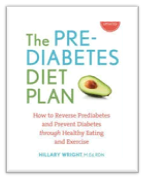
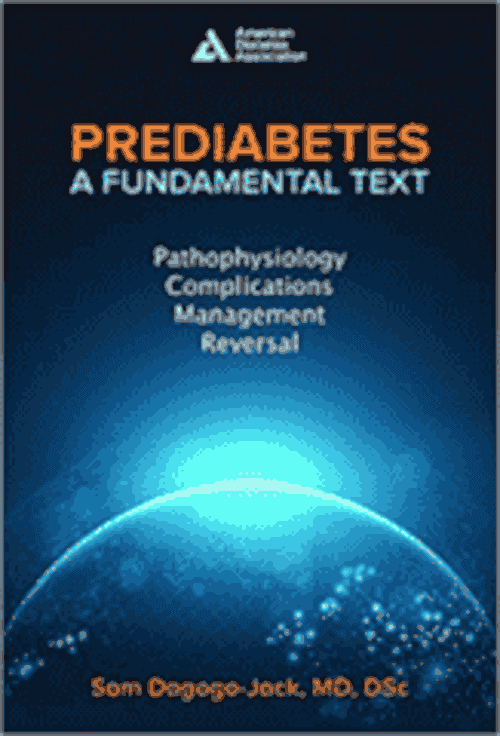
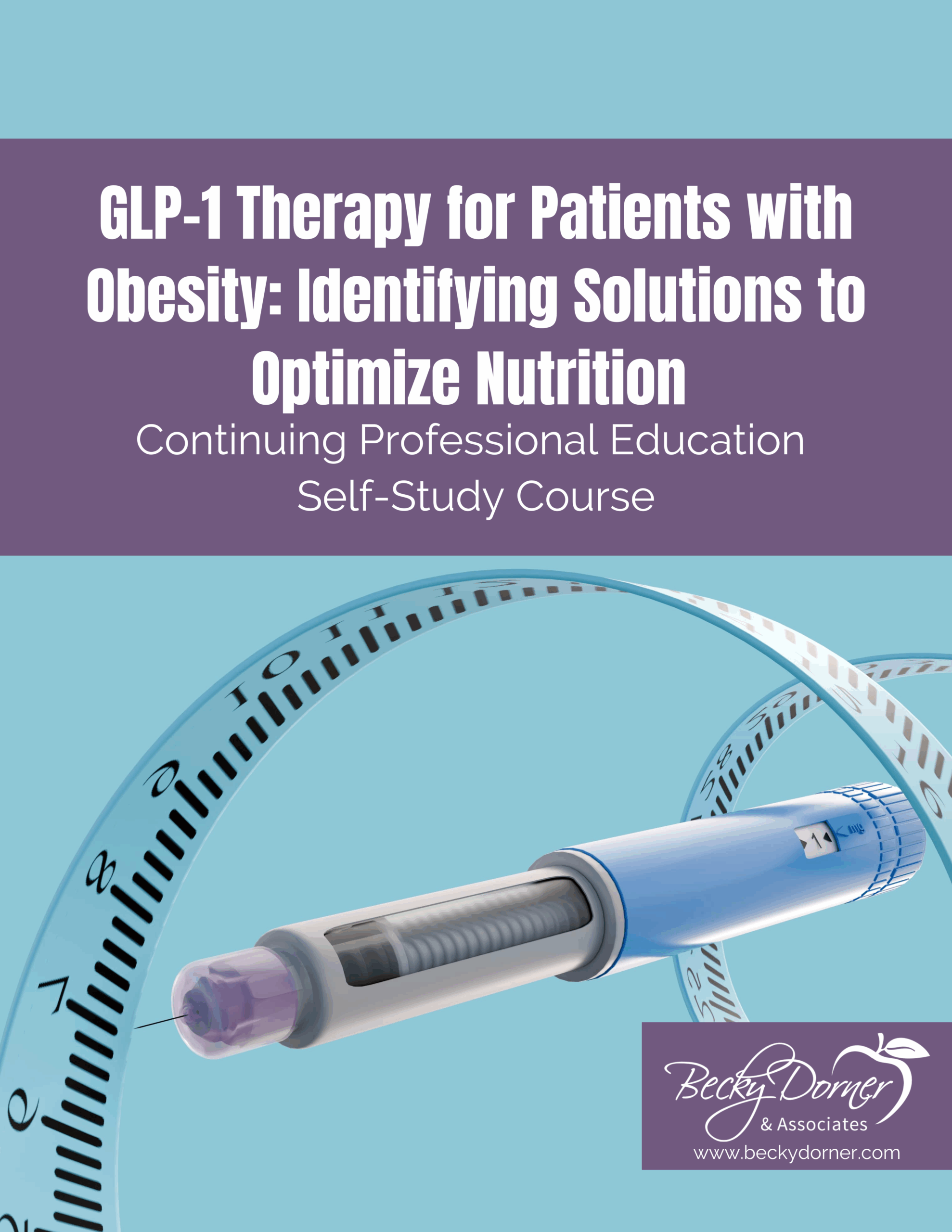



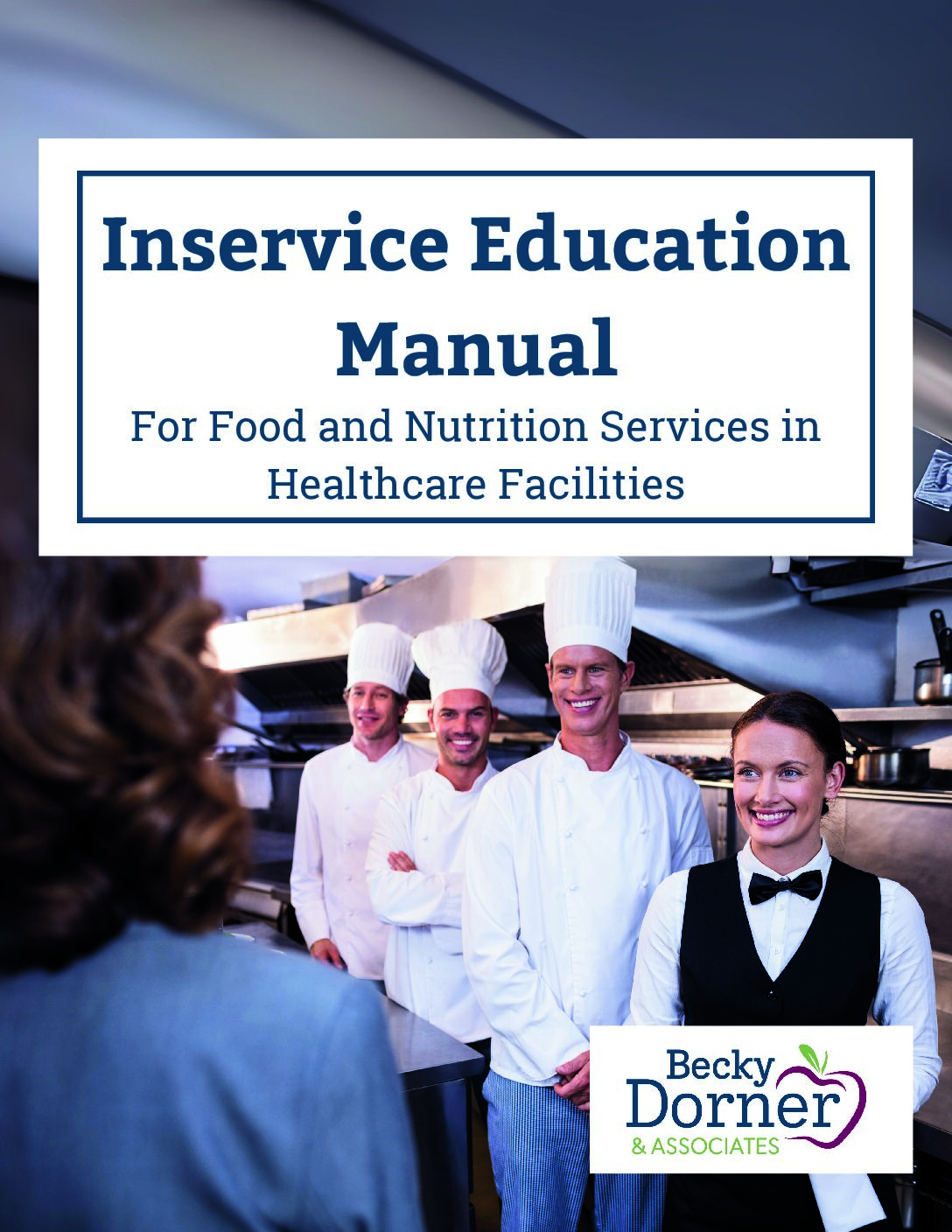
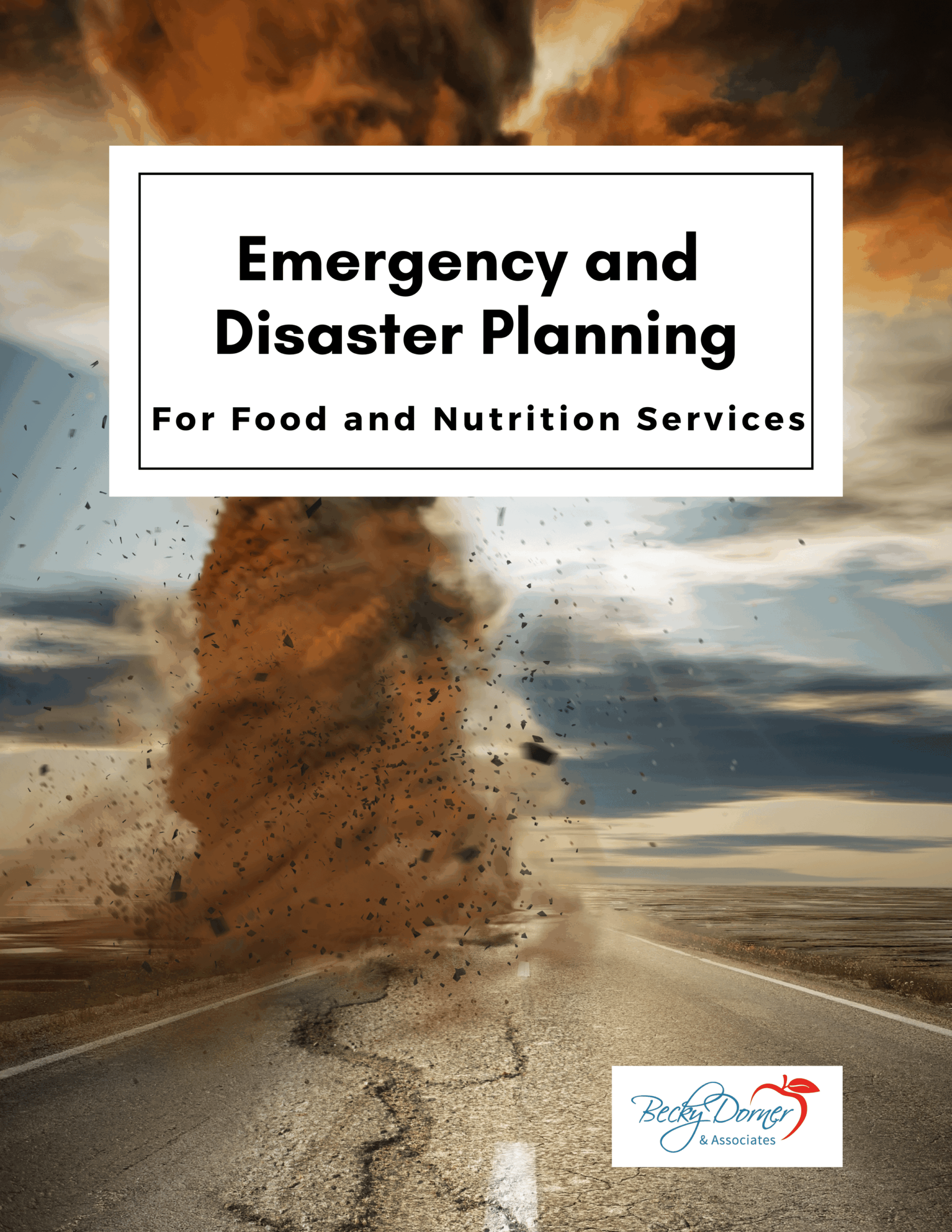
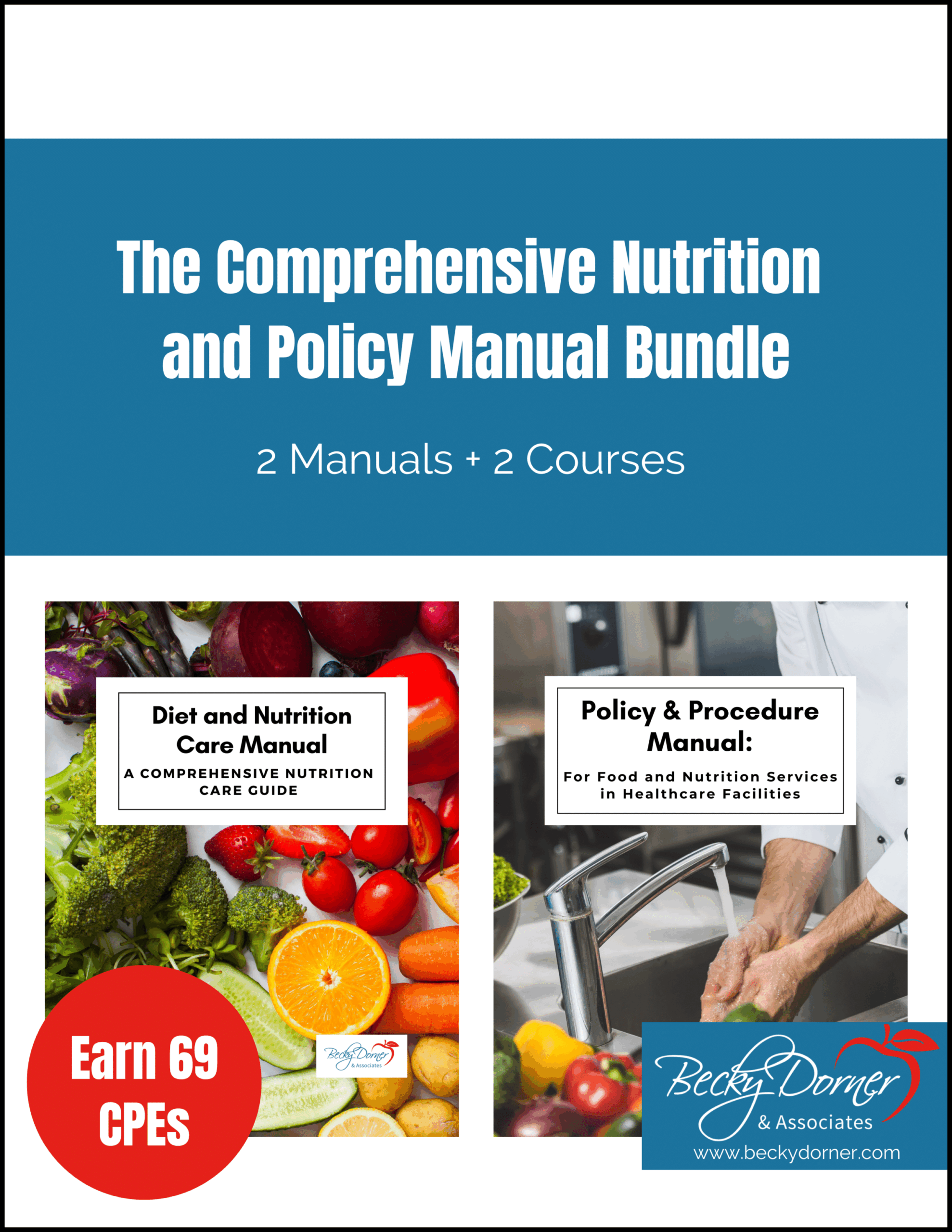
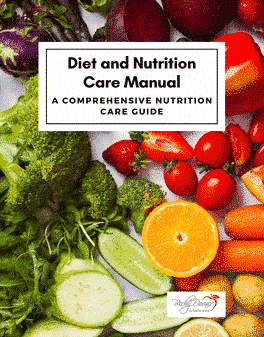
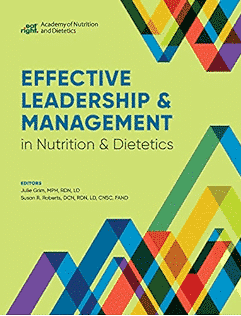


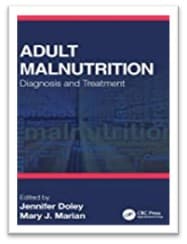

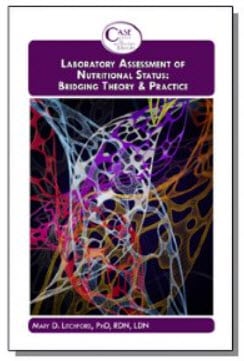
Connect With Us